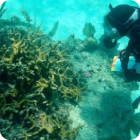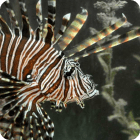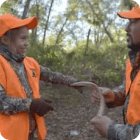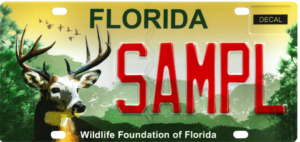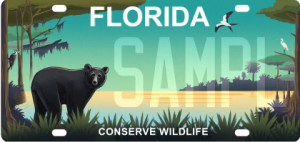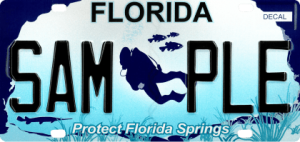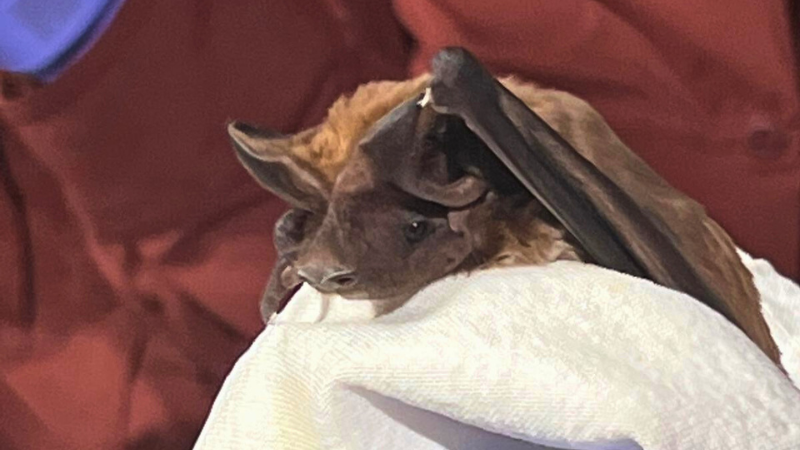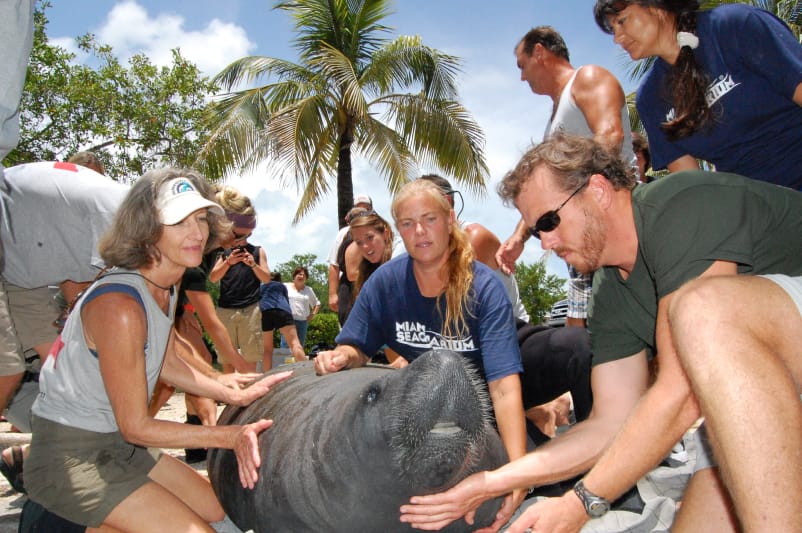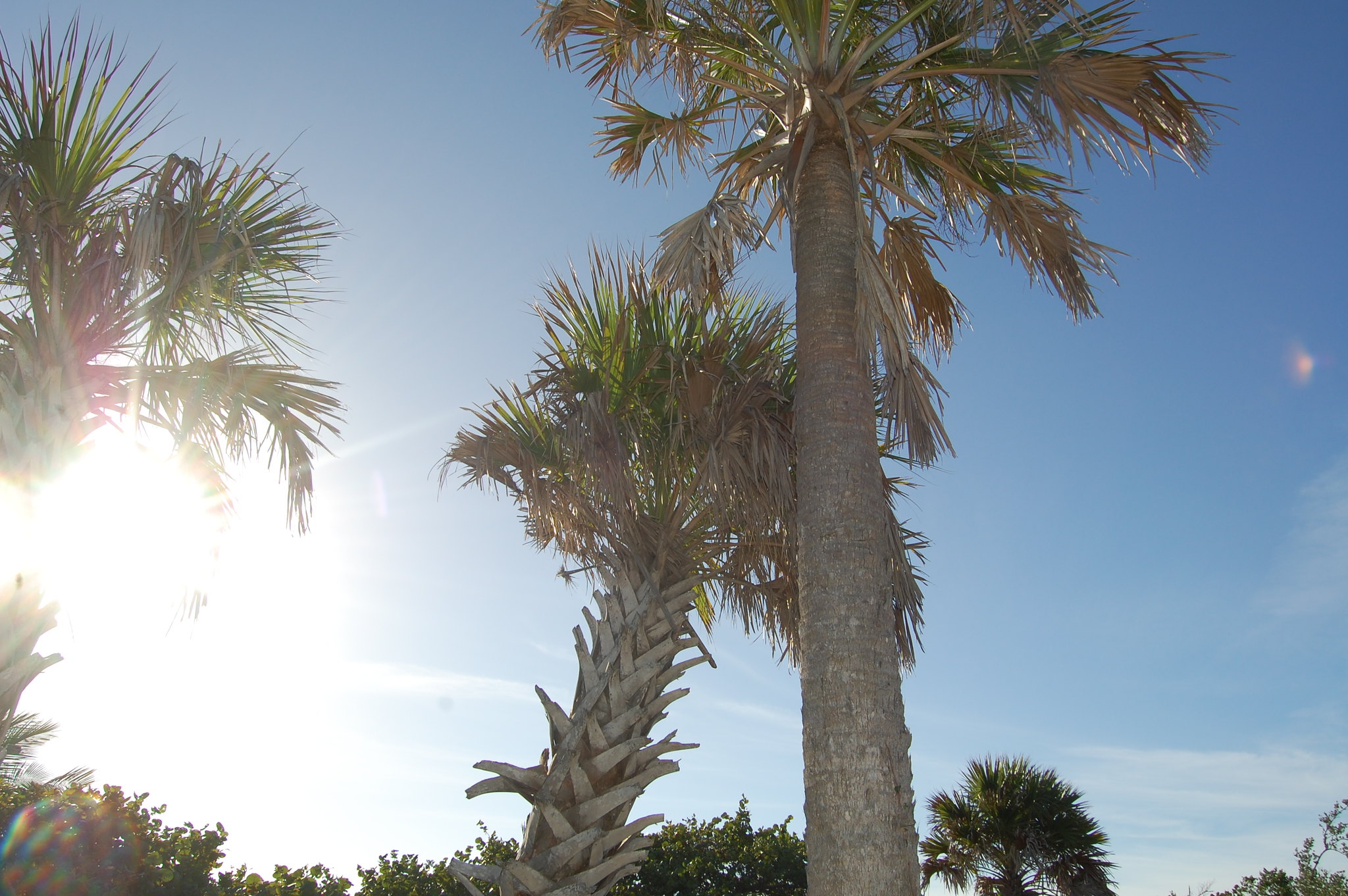
By: Kyle Grammatica
When you picture Florida, you likely see waves rolling onto soft sand, birds chirping in the woods, and turtles quietly poking their heads out of the water. All of these serene images would be incomplete without our state’s most iconic tree: the palm tree. But a lethal disease is threatening palm trees across the state.
What is Lethal Bronzing?
Florida’s palm trees are facing an epidemic caused by the foreign bacteria Phytoplasma palmae. Phytoplasma palmae is thought to have originated in Mexico and has spread to Texas, Florida, and the Caribbean. Experts believe that the bacteria was brought to Florida in 2005 from Hurricane Wilma or another storm that moved from Mexico to Florida. The storm brought with it insects that were infected by the bacteria; the bacteria cause Lethal Bronzing/Yellowing or Texas Phoenix Palm Decline (TPPD). Lethal Bronzing was first described in 1980 in Texas; in Florida it was first reported in 2006 in Hillsborough County. The disease went from affecting a few trees on the Gulf Coast to a statewide issue in a decade. Lethal Bronzing has killed tens of thousands of palms over the years and is spreading quickly across the state.
Pytoplasma palmae is brought from tree to tree by Haplaxius crudus, a small winged insect. They are more commonly referred to as American palm cixiids. American palm cixiids are a species of planthopper. They are typically only a few millimeters long and are a yellowish-tan color. They are the only known vector for Lethal Bronzing. American palm cixiids eat the sap on palm tree leaves, and if they carry the bacteria responsible for Lethal Bronzing, it is spread to the tree through their saliva. All planthoppers that eat from an infected tree will become infected with the bacteria and spread it to other trees and subsequently more planthoppers. Once the bacteria is inside a tree, it moves to the base and clogs the tree’s circulatory system. The clogs make it impossible for nutrients to be absorbed and moved throughout the tree. Once a tree becomes diseased, it dies within a few months and no treatment will save it. Infected trees will drop their fruit and the leaves start turning brown from bottom to top.
What is being done to stop the spread?
Researchers at the University of Florida are currently studying the disease and testing if large doses of antibiotics can protect trees that have only recently become infected. The state Department of Agriculture also inspects palm tree nurseries to check for disease. If an infected tree is found, it is removed and the other trees are quarantined and receive antibiotics to help prevent infection. Local governments, citizens, and businesses can try to prevent the disease by planting other trees nearby that don’t attract American palm cixiids. To protect Florida’s native wildlife from invasive threats, donate here.

